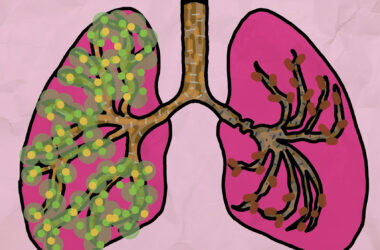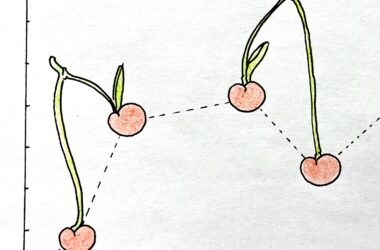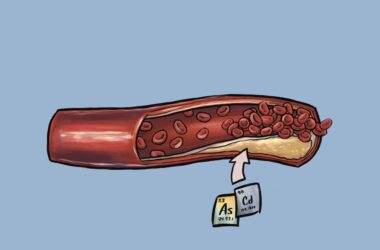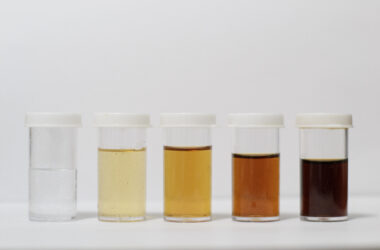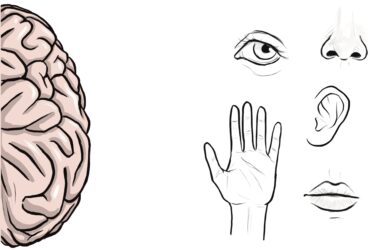To the environmentalist, urban vegetation, such as rows of trees, shrubs, or flower beds, might symbolize a small act of rebellion—a patch of nature amid a concrete jungle. Beyond enhancing a city’s aesthetics and supporting mental well-being, city greenery contributes significantly to urban biodiversity and climate resilience. However, urban vegetation’s[Read More…]
Science & Technology
The latest in science and technology.
Food fuel: Waste’s wasted potential
Climate change is a pressing issue across the world: As the dramatic toll of human habits on the environment becomes increasingly evident, researchers and policymakers must find new, creative ways to address these habits’ detrimental impacts. World leaders, scientists, and even many citizens don’t lack knowledge about the causes of[Read More…]
Schoolwide exhibition showcases students’ innovative architectural solutions
From vibrant 3D multimedia projects to traditional architectural plans, students in McGill’s Peter Guo-hua Fu School of Architecture delivered a range of studio projects for the faculty’s recent schoolwide exhibition. The collection, whose projects seamlessly integrated function and aesthetics, showcased compelling and innovative studio projects completed by U1 students all[Read More…]
Cherry-picking in biostatistics research reveals a deeper-rooted problem
On Jan. 10, 2024, the Epidemiology Monday Seminar Series kicked off the new year with a presentation by Anne-Laure Boulesteix, professor of biometry at the Ludwig Maximilian University of Munich. Her research focuses on metascience and evaluating research methods in the fields of bioinformatics, machine learning, and medicine. The seminar[Read More…]
Heavy metal exposure: A hidden cause of heart disease
Around the world, millions of people come in contact directly or indirectly with heavy metals, particularly cadmium and arsenic, thereby increasing their risk of heart disease. Past studies have investigated the respective effects of these two metals on heart health at concentrations well beyond the levels that people are typically[Read More…]
Keeping up with new chemicals in our drinking water
As McGill students, we rely on access to clean water from the city’s infrastructure, but few of us know where our water is actually coming from, how it is filtered, or where it goes once we are done using it. Every day, the city must clean, store, and distribute water[Read More…]
Looking beyond textbooks: Must-go Montreal science events
The break is over…. Gone are the sweet days of relentlessly refreshing Minerva’s transcript page and ignoring our families to reread the entire Percy Jackson series in our confined rooms (just me?). McGill students must now return to their beloved campus, faced with bleak early-morning McMed hikes and the endless[Read More…]
Navigating the government’s guide to employing generative AI in the public sector
On Nov. 30th, OpenAI’s release of ChatGPT marked its one-year anniversary. Within a relatively short period, this generative AI (GAI) brought tremendous changes in everyone’s lives. Between huge layoffs in administrative professions, and widespread controversies, such as the debate around the use of AI in classrooms, it seems crucial to[Read More…]
Neuroscience myths and facts: Alcohol and the spectrum of human senses
If you are as curious as the rest of this Tribune special issue, then this article will hopefully answer some of your burning questions about two topics that merge neuroscience and student life seamlessly: Alcohol and human senses. In this second round of myth debunking in our Neuroscience myths and[Read More…]
Human Cognition: Moving away from the brain
Long before Francis Schmitt coined the term “neuroscience” in 1962, scientists have been interested in demystifying the secrets of the human brain. Although neuroscience primarily focuses on the functions of the cortex—the outer layer of the brain— researchers have begun to highlight the importance of more primitive brain anatomy: Namely,[Read More…]
